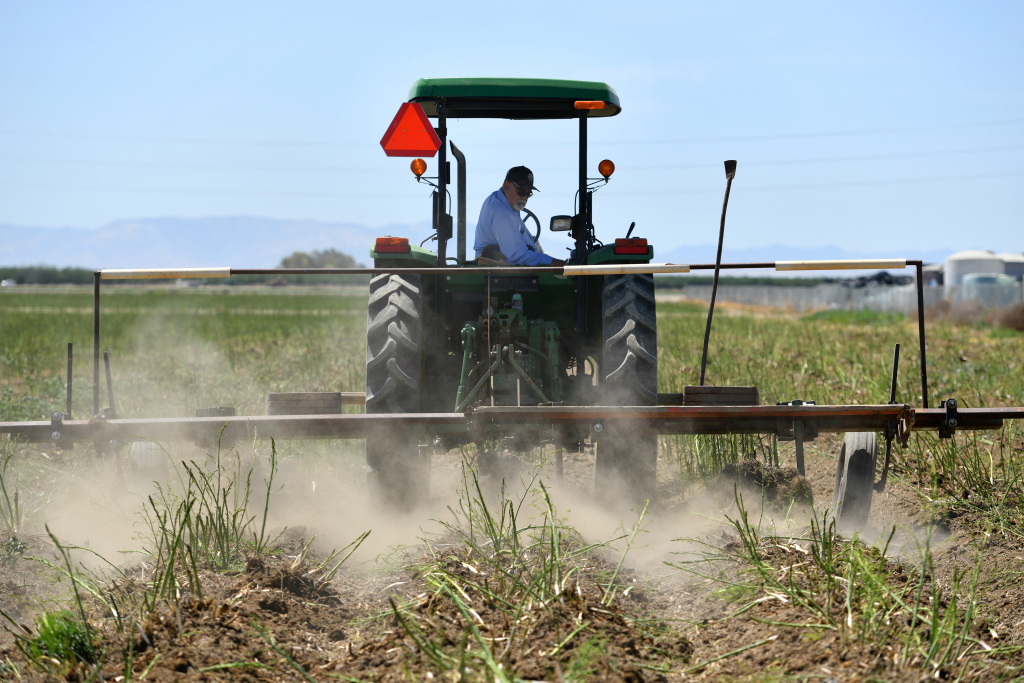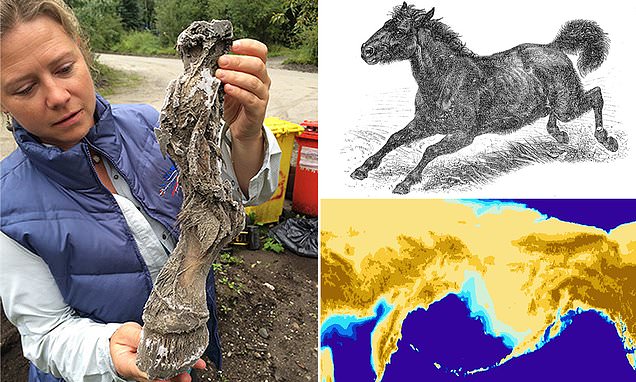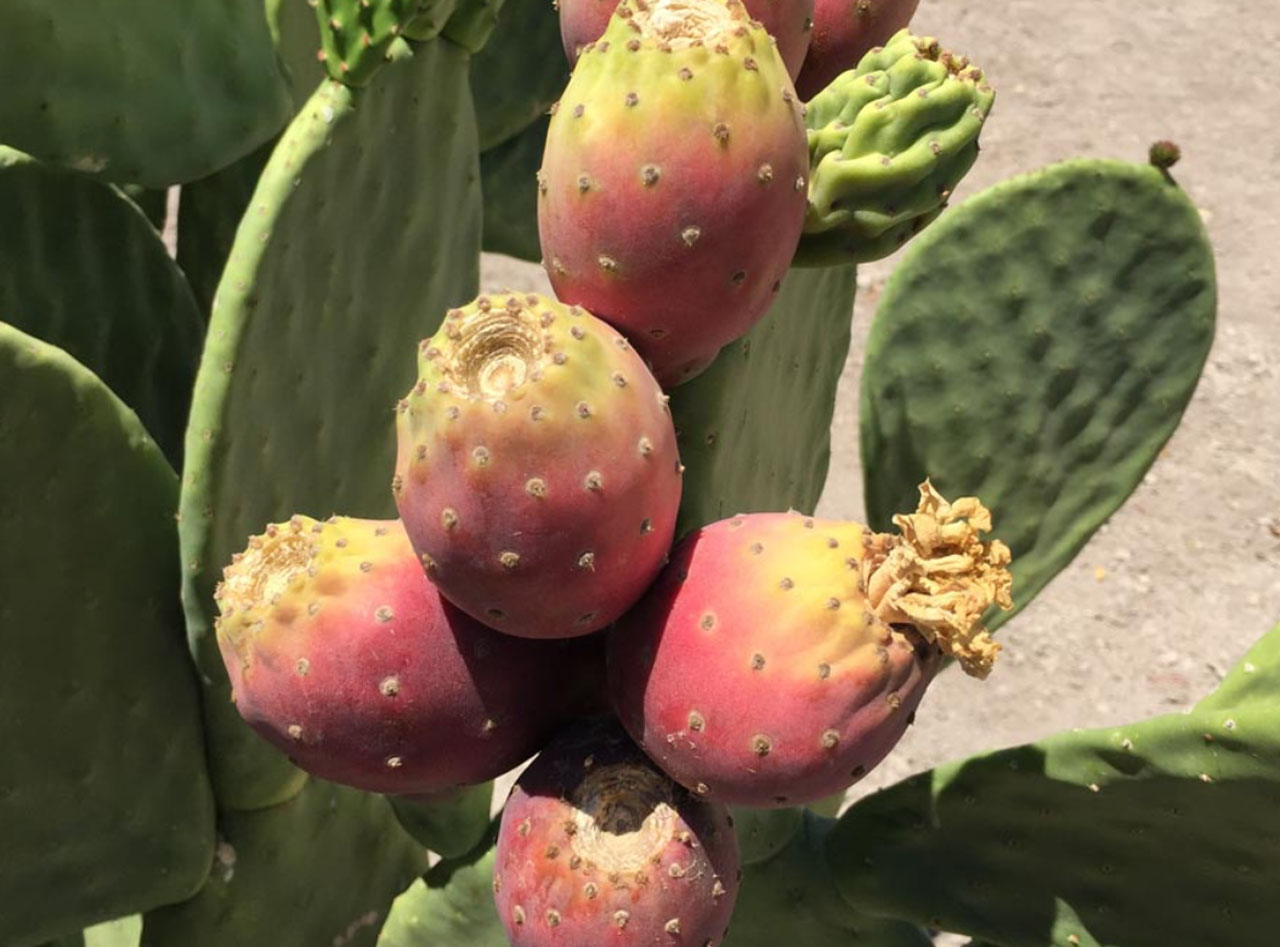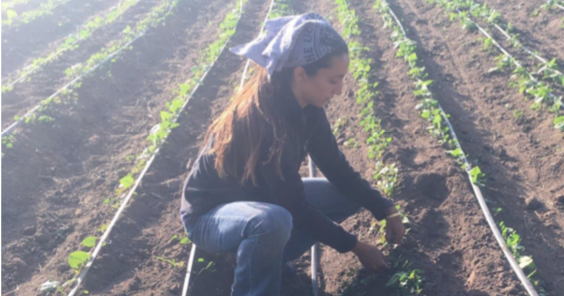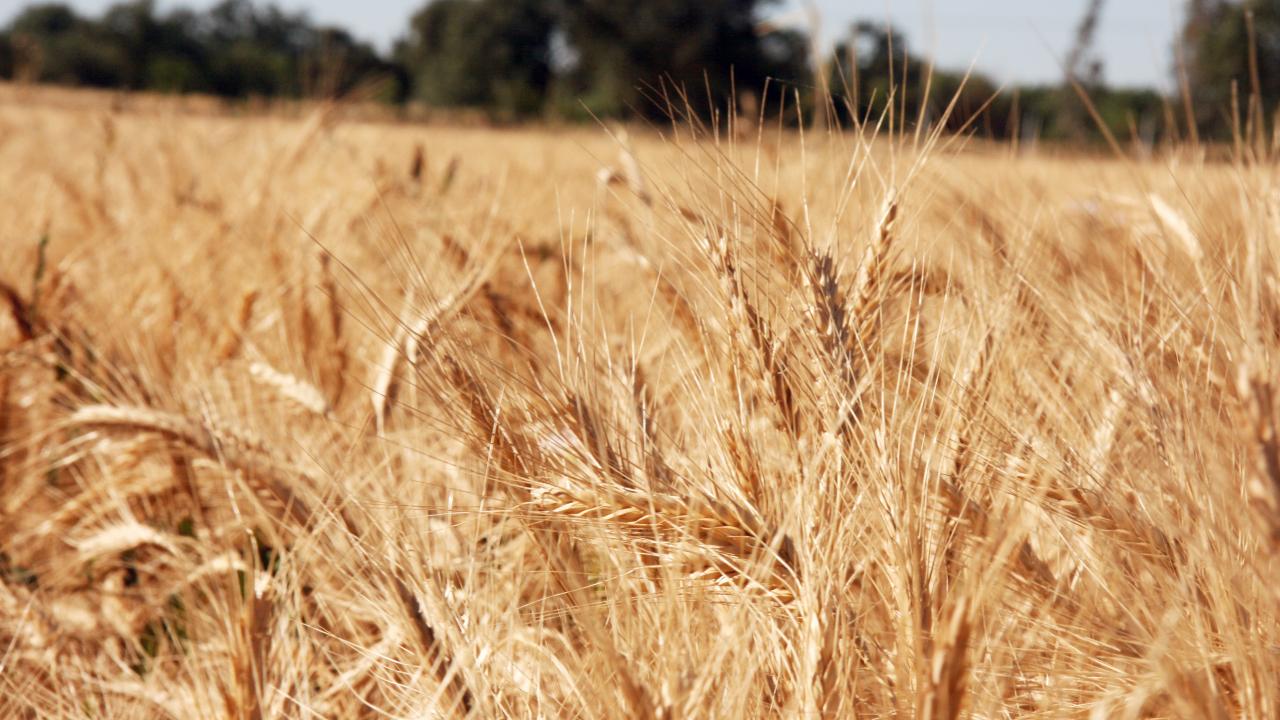05/24/2021 SOURCE: www.mercurynews.com
“It’s a really sad day. The water is so uncertain.” — Fresno County’s Joe Del Bosque. Farmers are letting go of water-hungry, low-value crops.
Facing a drought, California’s farmers make hard choices
-
(0)
-
Bookmark
- Comments. (0)
 John LaRose Jr.
John LaRose Jr.
Topics: Agriculture Global, Education U.S. West, Equine/Horse, Research,
Horses used the Bering Strait Land Bridge to cross between continents
Horses were domesticated in Eurasia and brought to North America by Europeans in the 1500s, but a DNA analysis shows the horses had traces of those that once lived in North America.
-
(0)
-
Bookmark
- Comments (0)
 John LaRose Jr.
John LaRose Jr.
Topics: Corn/Maize, Education U.S. West, Water, Economics, Food/Nutrition, Recycling, Research, Ag Innovation, World Hunger, Regenerative Agriculture, Food Security/Shortage,
Cleaner water through corn
Activated carbon made from corn stover filters 98% of a pollutant from water
-
(0)
-
Bookmark
- Comments (0)
 John LaRose Jr.
John LaRose Jr.
Topics: Agriculture US, Education U.S. West, Water, Research,
U scientists plumb the depths of the world’s tallest geyser | @theU
Seismologists learn all they can from Yellowstone's Steamboat Geyser before it goes quiet again.
-
(0)
-
Bookmark
- Comments (0)
03/08/2021 SOURCE: www.slashgear.com
Agricultural activities use lots of water around the country each year as many areas don’t receive enough rainfall to adequately water crops without resorting to alternative watering methods.…
Researchers eye cactus as a drought-tolerant crop for biofuel and more
-
(0)
-
Bookmark
- Comments. (0)
 John LaRose Jr.
John LaRose Jr.
Topics: Precision AG , Agriculture US, Cover Crops, Crop Consultant, Education U.S. NorthEast, Education U.S. SouthEast, Education U.S. MidWest, Education U.S. West, Sustainability, Research,
Pulse Diseases Focus Of Multi-State Research Effort, Feb. 9 Webinar
Pulses have become a very successful crop in the MonDak following their introduction to the region in the 1990s. Today, North Dakota and Montana have consistently ranked #1 and #2 in pulse production in the US for more than a decade. That success, however, has also brought with it-increased threats from disease. Luckily, that threat, in turn, has a...
-
(0)
-
Bookmark
- Comments (0)
 Sabrina Halvorson
Sabrina Halvorson
Topics: Education U.S. West, Ag Podcast US, Beekeeping,
We talk about beekeeping in California in the first episode of My Ag Life Daily News Report. We also get the details about the 2021 Virtual World Ag Expo.
Episode 1 - Feb. 1, 2021
In today’s My Ag Life Daily News Report, host Sabrina Halvorson talks with beekeeper Gene Brandi about the pollination season, varroa mite pressure, and the need for bee forage. We also talk with Jennifer Fawkes of the World Ag Expo to get the details abou...
-
(0)
-
Bookmark
- Comments (0)
 Isaac L
Isaac L
Topics: Soil Health, Agriculture US, Organic, Education U.S. West, Research,
Research Addresses Structural Barriers to Building Soil Health - Organic Farming Research Foundation
In the U.S., the number of Latinx farmers continues to increase as the total number of farmers decreases. Providing resources for this community is critical to creating a more equitable food system and new generation of diverse farmers.
-
(1)
-
Bookmark
- Comments (0)
 John LaRose Jr.
John LaRose Jr.
Topics: Soil Health, Education U.S. West, Food/Nutrition, Food Waste, Sustainability, Ag Global Specialty Food, World Hunger, World Population,
UC Davis engineers fight food insecurity through sustainable agriculture
By Noah Pflueger-Peters and Constanze Ditterich Associate professor Isaya Kisekka (Lucy Knowles/UC Davis)With the dawn of agriculture, humans became dependent on food production systems that exploit nature’s limited resources of land, water and air. As the world’s population is expected to reach 9–10 billion by 2050 according to the U.N., the world must double food production to meet demand while using and reusing the resources we have left in a sustainable manner. Ruihong Zhang and Isaya Kisekka at UC Davis are rising to meet the challenge by finding new ways to sustainably produce food, while conserving resources by using microbes to produce new sources of protein and managing and irrigating crops with pinpoint precision. “We really need to think hard about how to be climate-smart and optimize our resources,” said Kisekka. Harnessing the power of microbes Zhang, professor of biological and agricultural engineering, says one way to produce food more sustainably is by tapping into the huge potential of microbes like fungi and algae. Growing livestock is an expensive and time-consuming process due to the land, resources and time that are needed, leading to a huge carbon footprint. By contrast, microbes such as fungi and algae can grow in less than a week in any climate and require a small fraction of the space and resources. “We want society to start paying more attention to microbes as alternative food sources,” she said. “There are a lot of benefits environmentally and economically, especially for populations who live in areas that have very limited land for growing crops.” Eating fungi and algae is nothing new, as mushrooms and seaweed are staples of diets around the world. Zhang plans to innovate by harvesting these microbes using agricultural byproducts such as almond hulls and carrot and tomato pomace, the material that’s left over after pressing for juice or oil. This method improves the sustainability of the entire food production system, as what was once waste gets broken down i...
-
(0)
-
Bookmark
- Comments (0)
 John LaRose Jr.
John LaRose Jr.
Topics: Wheat, Education U.S. West, Conservation/Tillage, Food/Nutrition, Sustainability, Crop Diseases, Research, Ag Innovation, Agronomy,
UC Davis receives grant to increase dietary fiber in wheat
Diets lacking fiber are linked to health concerns such as colon cancer and heart diseases, but Americans only consume 30 percent of the recommended daily amount of fiber. One way to increase fiber consumption is to produce wheat varieties that contain more fiber. The University of California, Davis, has a received a nearly $500,000 Seeding Solutions grant from the Foundation for Food & Agriculture Research (FFAR) to increase the dietary fiber content in wheat products. Bay State Milling, California Wheat Commission and Limagrain Cereal Seeds provided matching funds for a total investment of $959,997. “A small increase in fiber content in refined flour products can translate into a significant boost in the public’s consumption of dietary fiber.” said FFAR Executive Director Sally Rockey. “By developing wholesome food with more fiber, and the same great taste, we can lower the incidence of preventable, diet-related diseases.” Refined wheat flour, commonly known as all-purpose flour, is more popular than whole wheat flour in most industrialized countries, but lower in fiber. To increase fiber in refined flour, UC Davis researchers, led by Jorge Dubcovsky, are investigating ways to increase wheat dietary fiber using modified starch synthesis enzymes. The first generation of varieties with increased dietary fiber in the plant’s starch showed reduced grain yield, making the grain more costly for consumers. Dubcovsky’s team is developing a second generation of wheat varieties with high fiber in the refined flour but with a higher grain yield. Using genetic tools and molecular markers the researchers are identifying genes responsible for wheat yield, quality and fiber content. With this information, the researchers are testing combinations of wheat genetics, environmental conditions and growing practices that encourage high-yield and high-fiber crops. “Most of the refined flour is starch, so the trick is to hide the fiber in the starch,” said Dubcovsky. “We increased the relative amount of ‘r...
-
(0)
-
Bookmark
- Comments (0)


